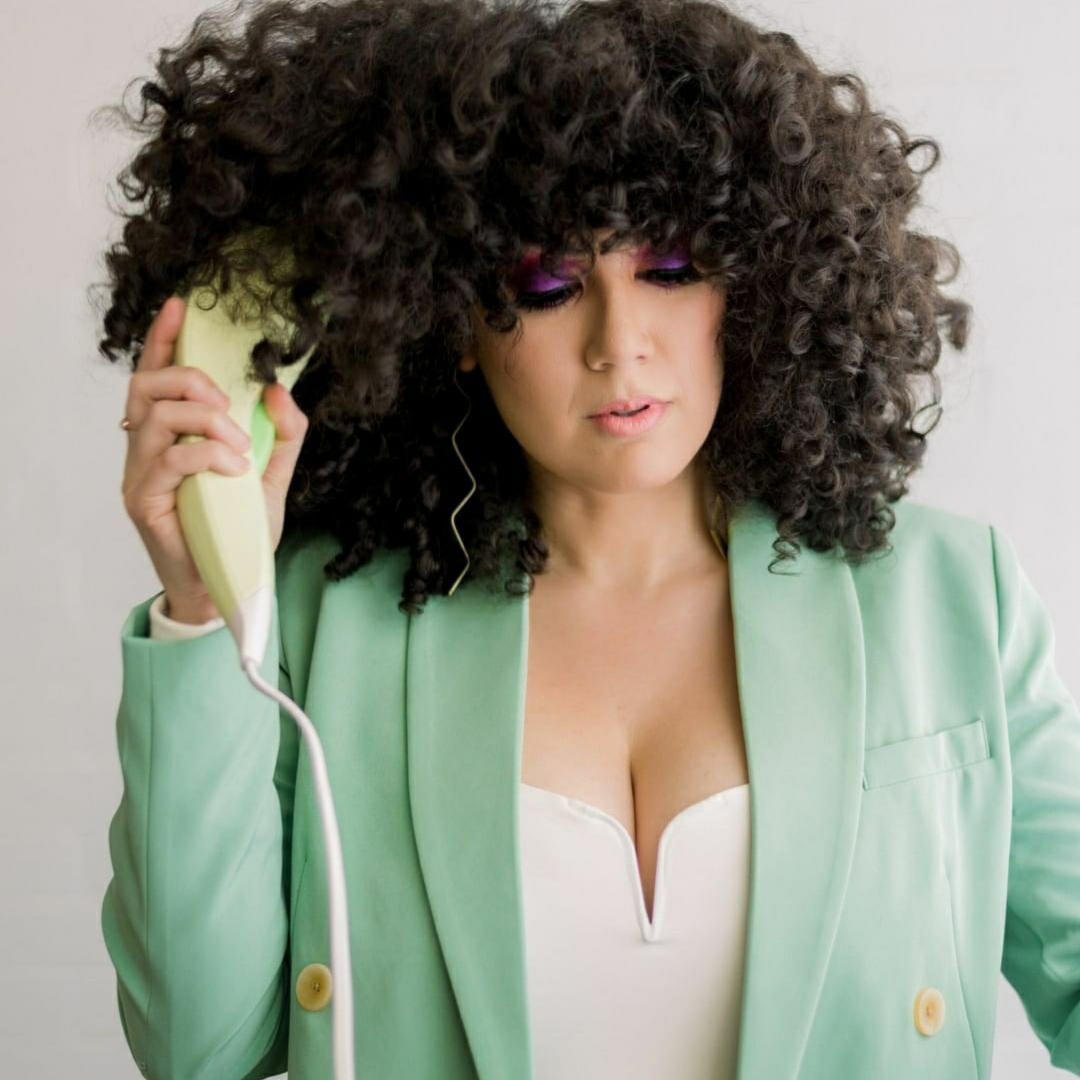
Hair typing can be intimidating. With so many products on the market that are listed for certain hair types and textures, it feels like deciphering how to label your hair is an inevitable step in your natural hair journey. Even with the variety of resources available to help you determine these things, there can still be some confusion and questions. However, hair type is not the only thing to consider when learning about your hair’s health and hair care products to use. To help you with understanding your natural curls, we have a list of three things to remember before hair typing.
You have more than one hair type
Chances are you have more than one type of curl pattern on your head. This is completely normal, but it can make hair typing difficult. The best advice is to simply know your hair. Use a hand mirror and decide where your hair varies. A better understanding of your hair will help you decide which products are best and give you the chance to try different styling methods to make your curls more uniform.
Porosity is more important than a letter and number
Knowing that you have 4C hair and using products for tightly coiled hair won’t help you if the product simply sits on top of your hair. On the other hand, knowing your hair’s porosity can help you maintain healthy, hydrated hair, regardless of your hair type. If you have low porosity hair, it is crucial to find products that will penetrate your hair shaft so that your hair will be moisturized. Here are tips on using the Q-Redew for a pre-poo conditioning treatment.
Always know your hair’s limits
Your hair’s texture, or how thick your hair is, has a major impact on what you will be capable of achieving with your hair. For example, fine hair is delicate and may appear more frizzy or limp. It is also more prone to breakage. On the other hand, coarse hair is a thicker hair strand that holds curls well, but it is less pliable. Coarse hair is also less susceptible to heat damage. Each comes with its own pros and cons, but if you take the time to learn your hair, the pros will far outweigh the cons.
To learn more about hair typing, visit NaturallyCurly.com or Natural Hair Rules !!! for detailed information.


